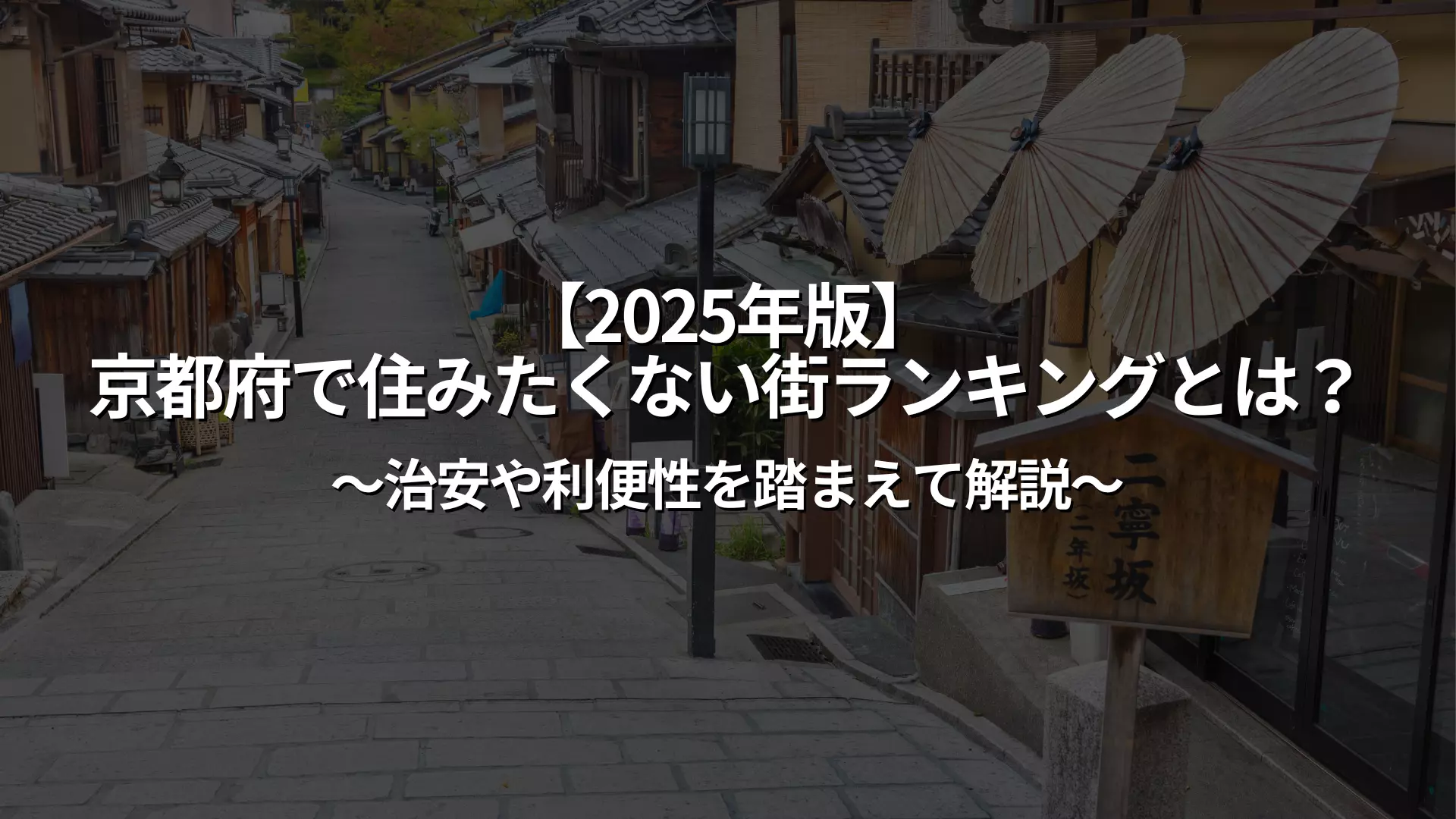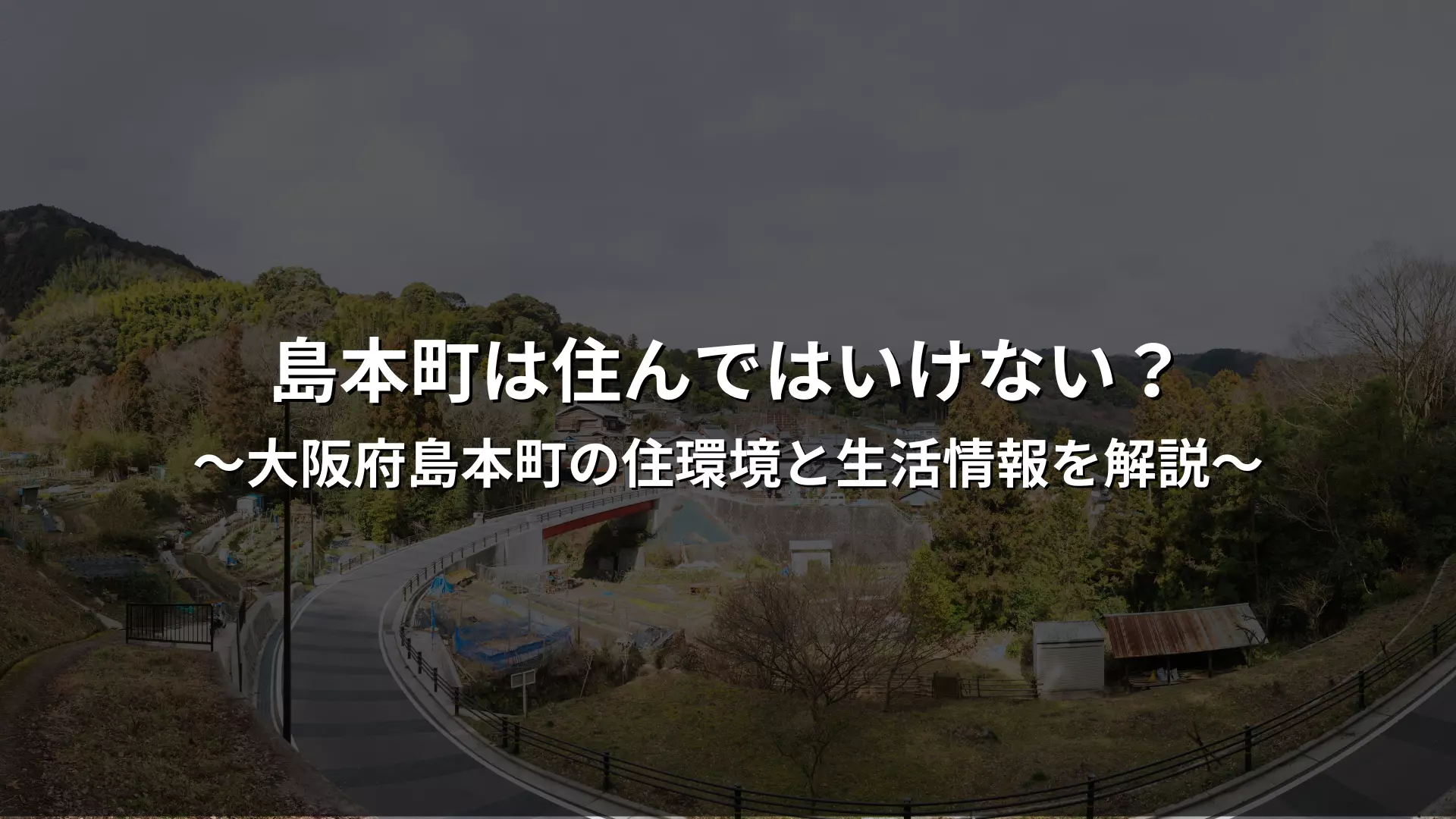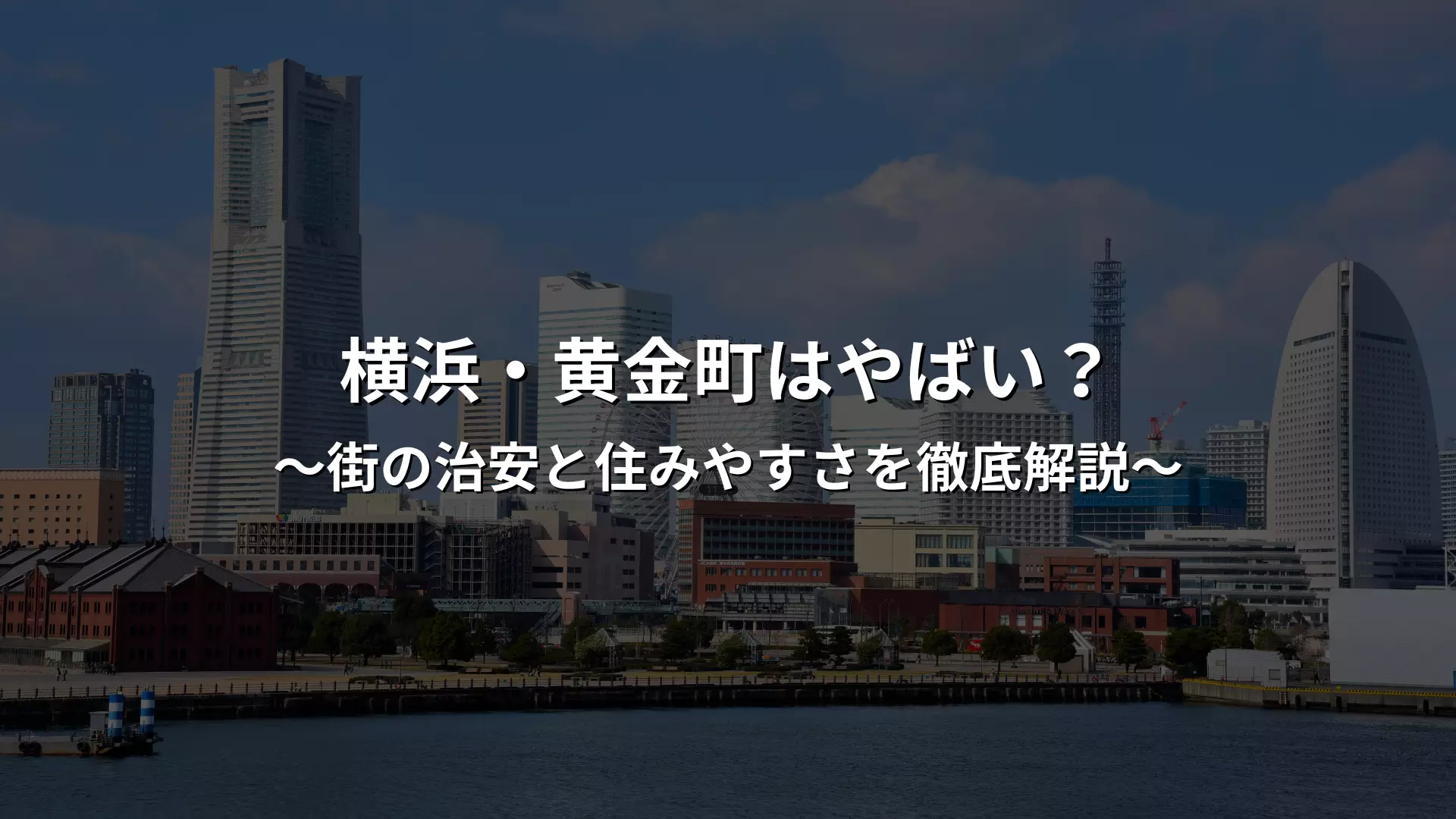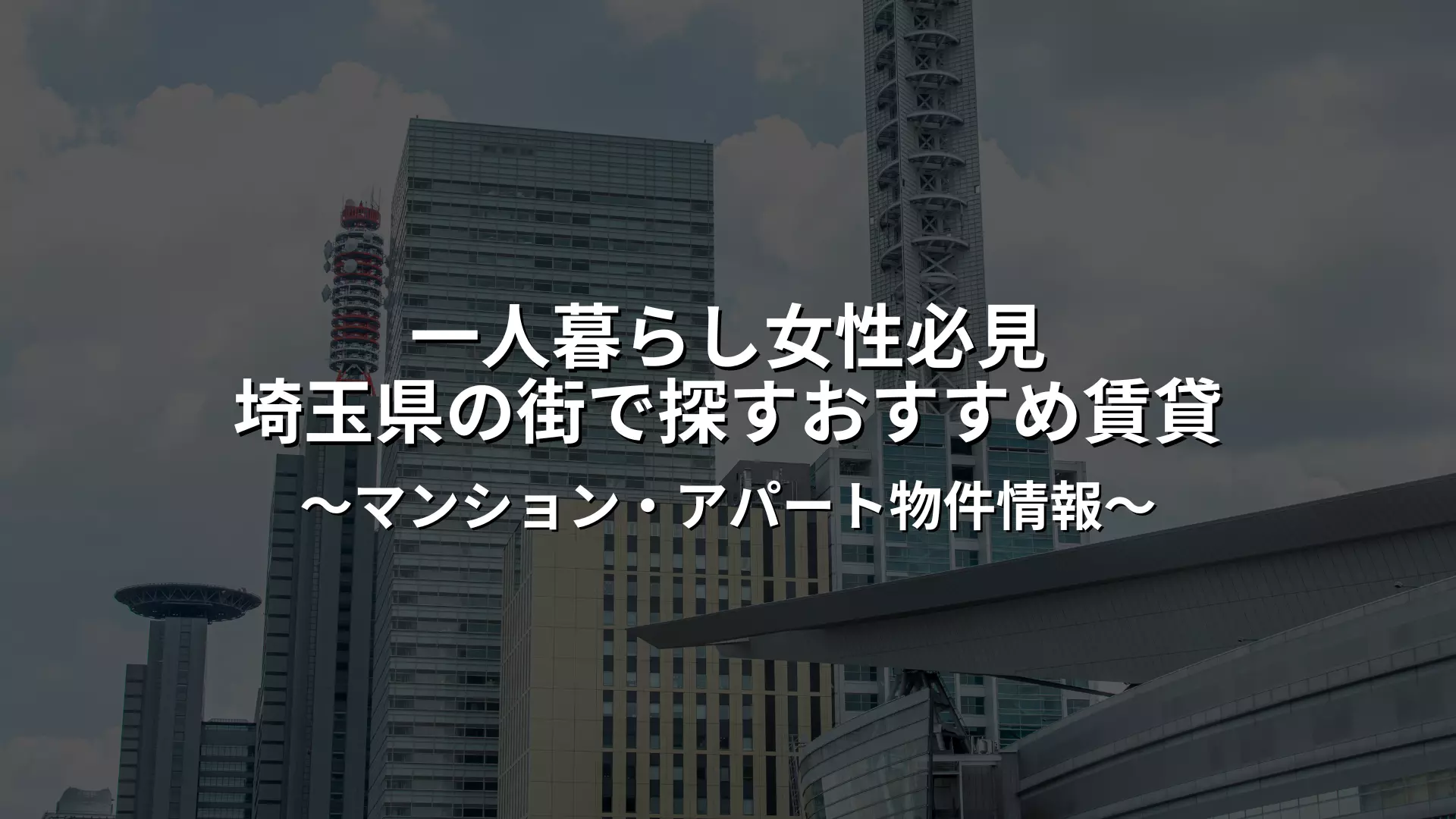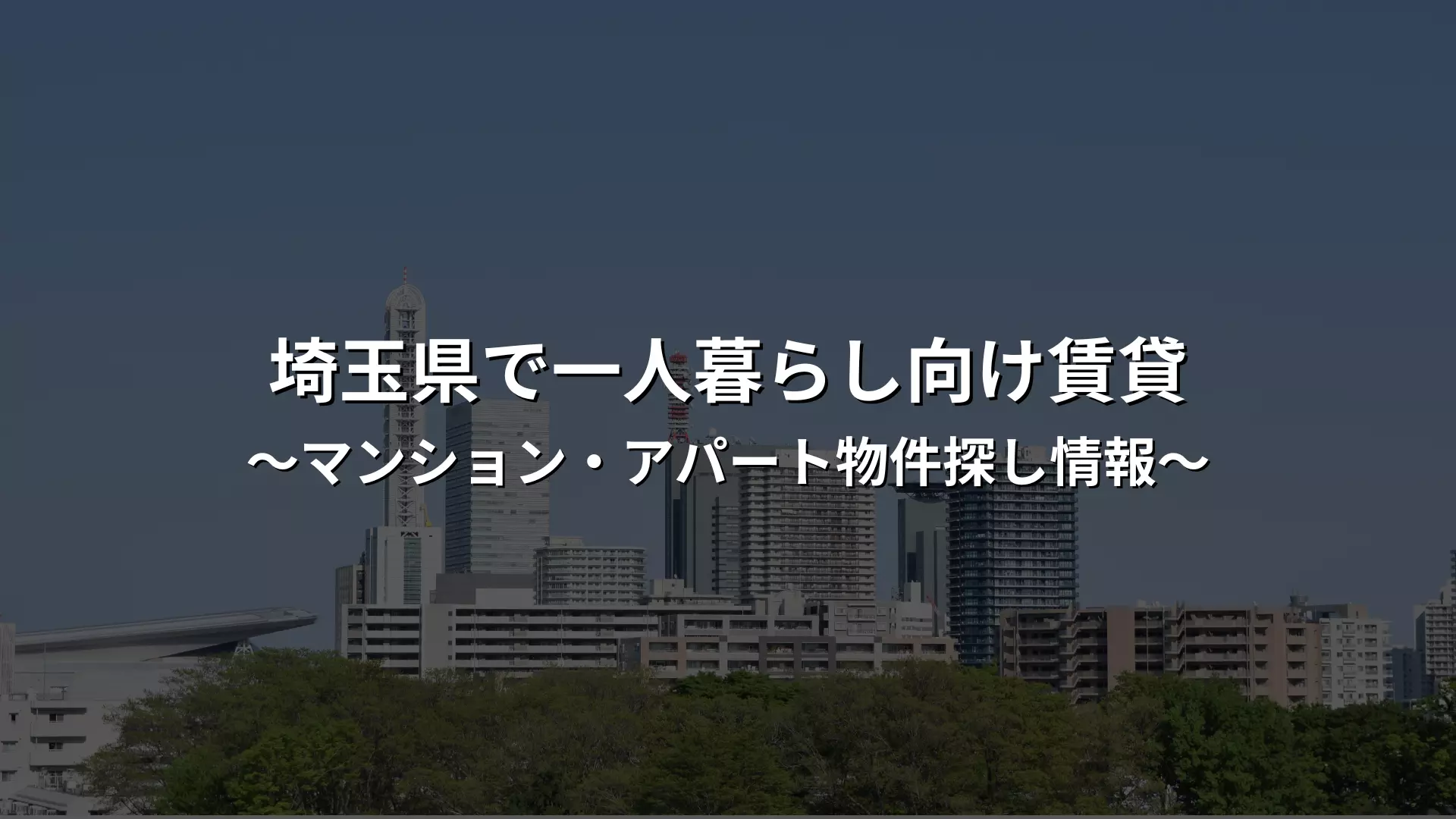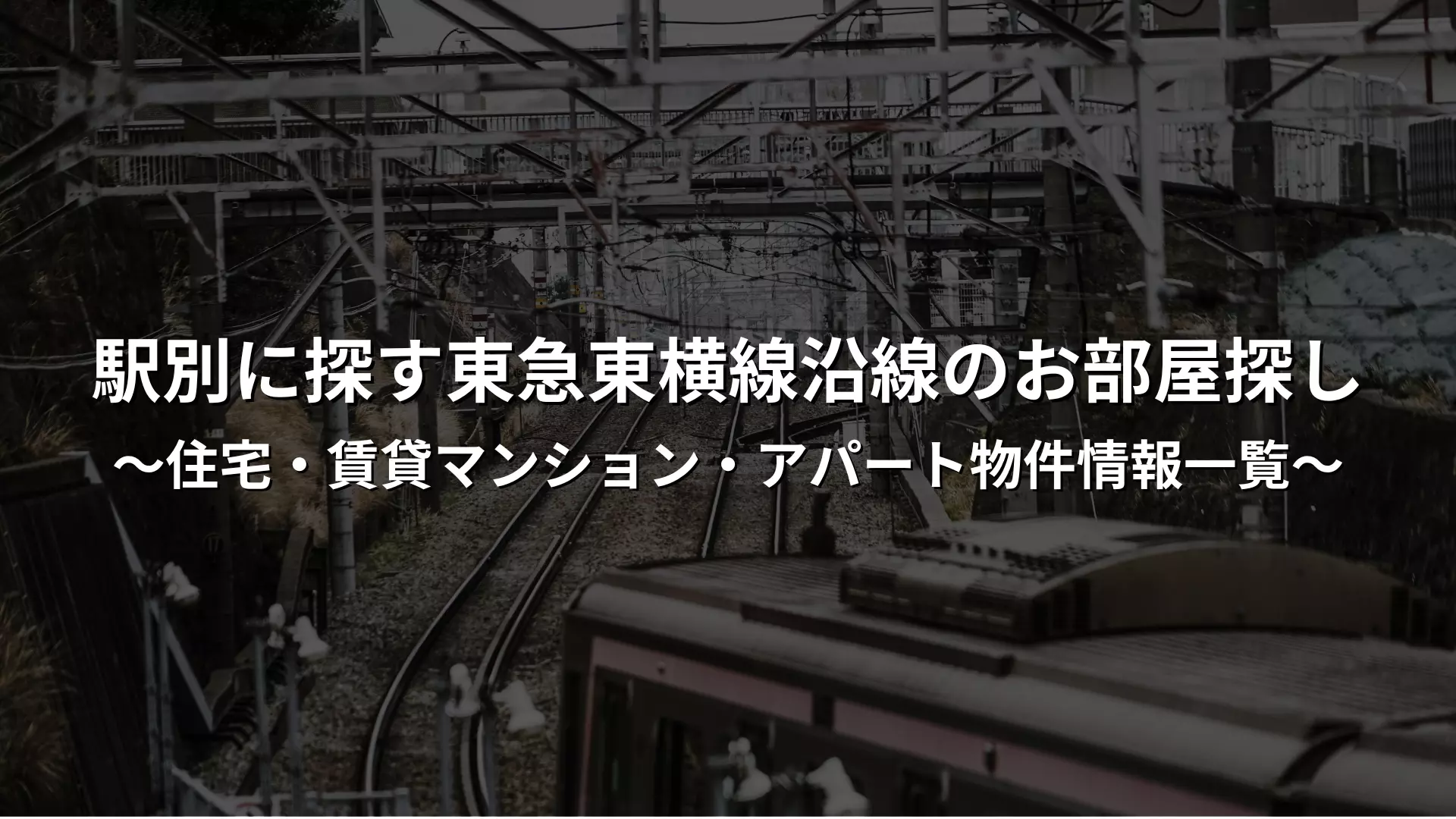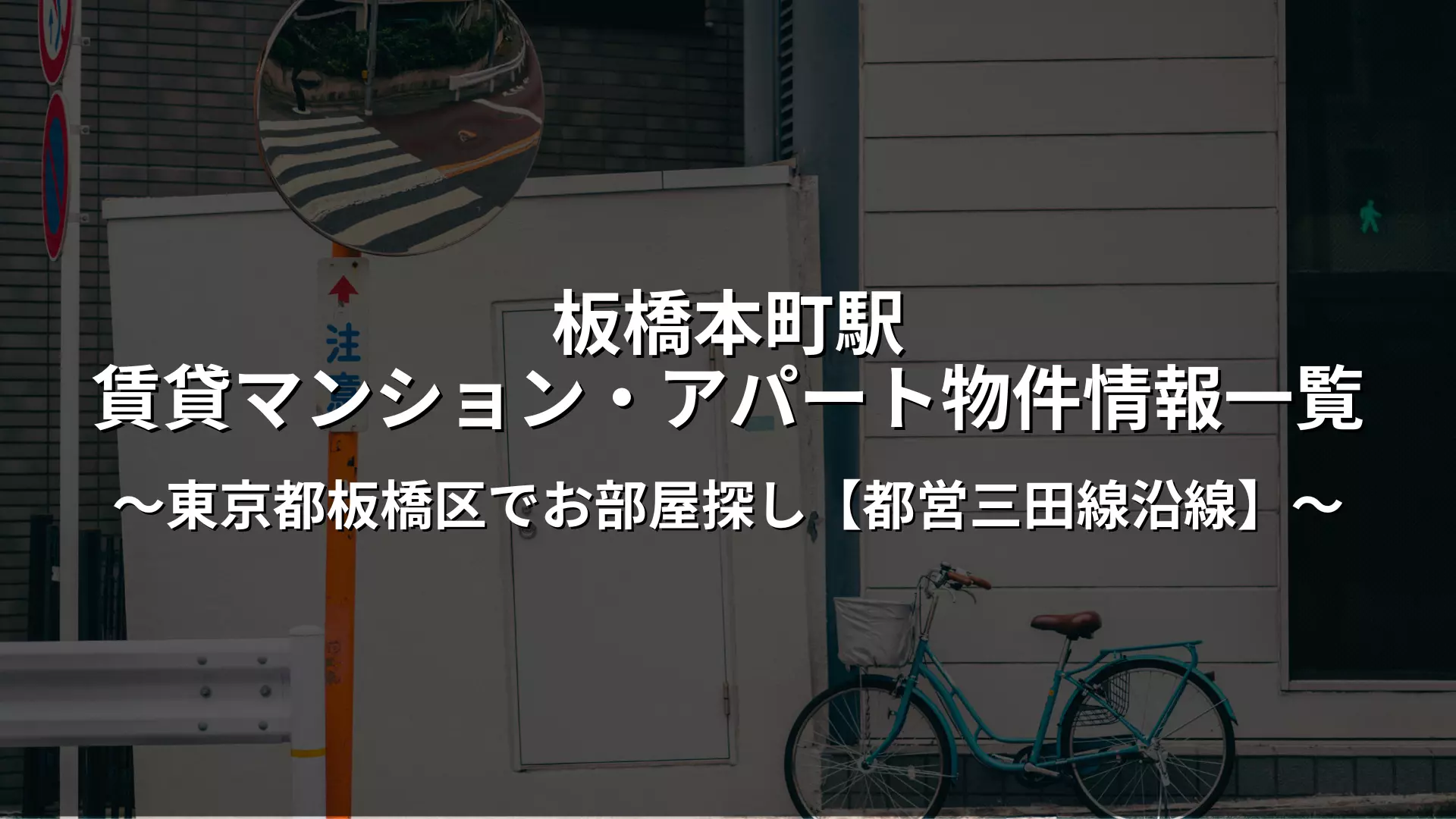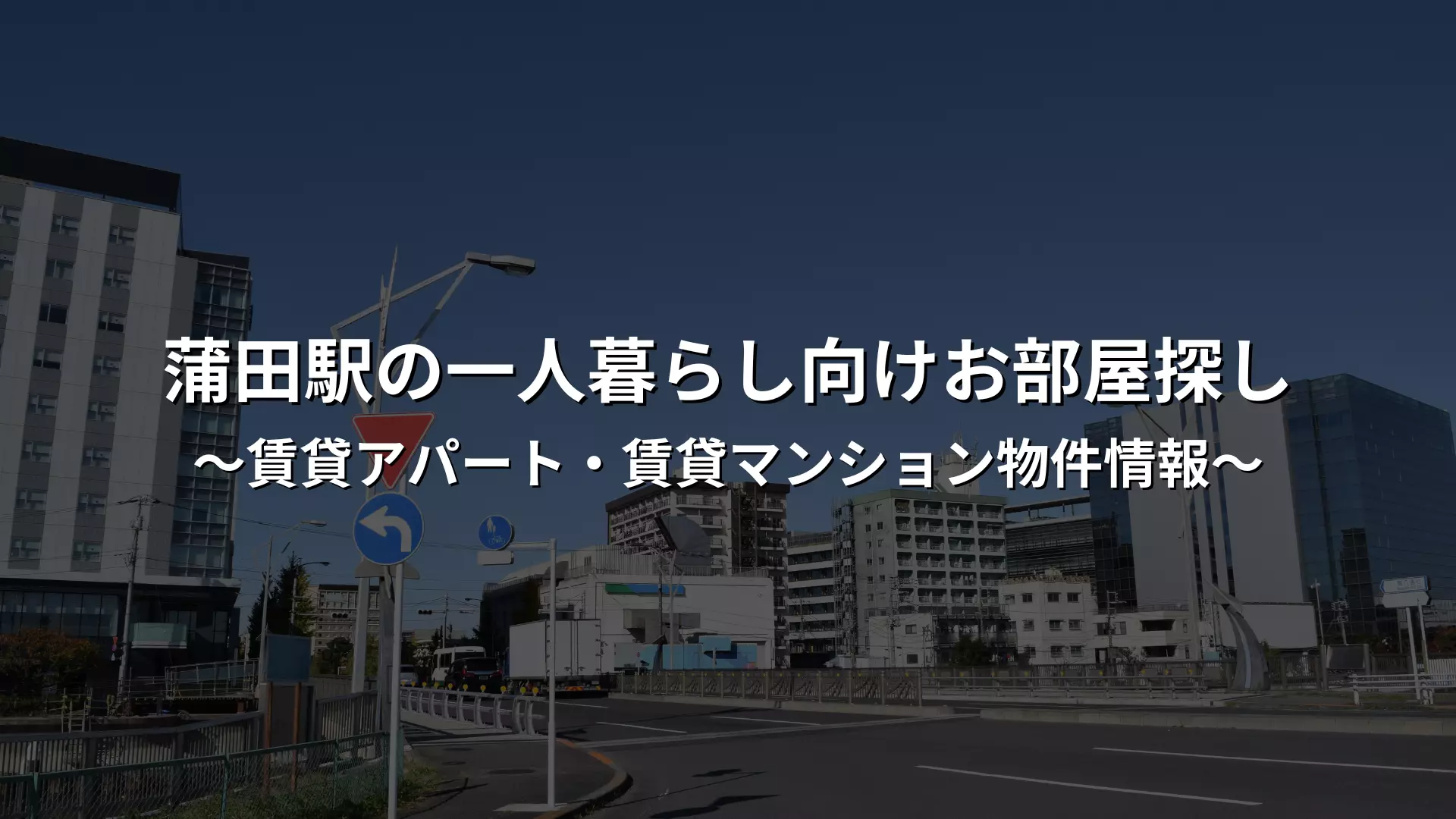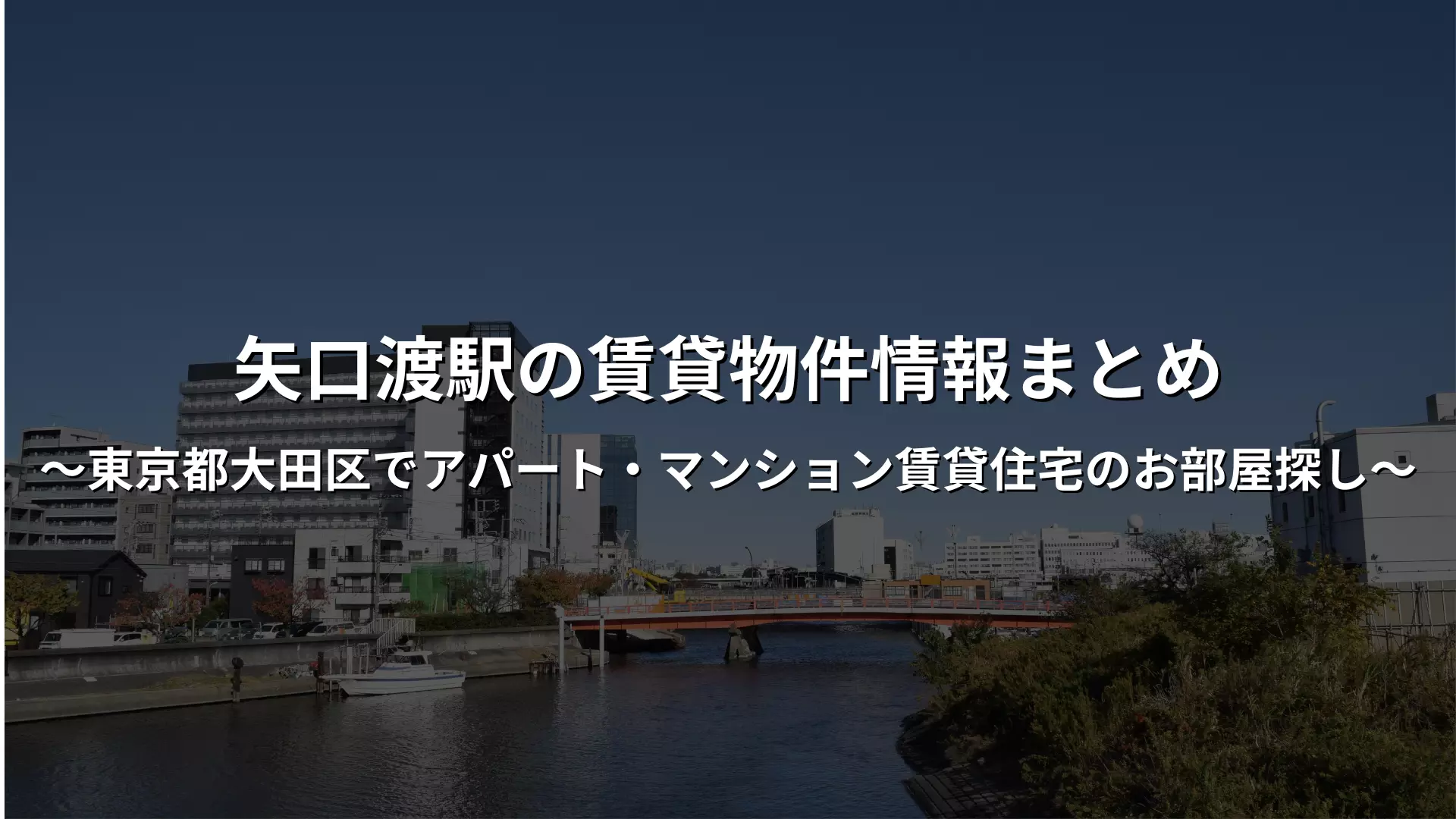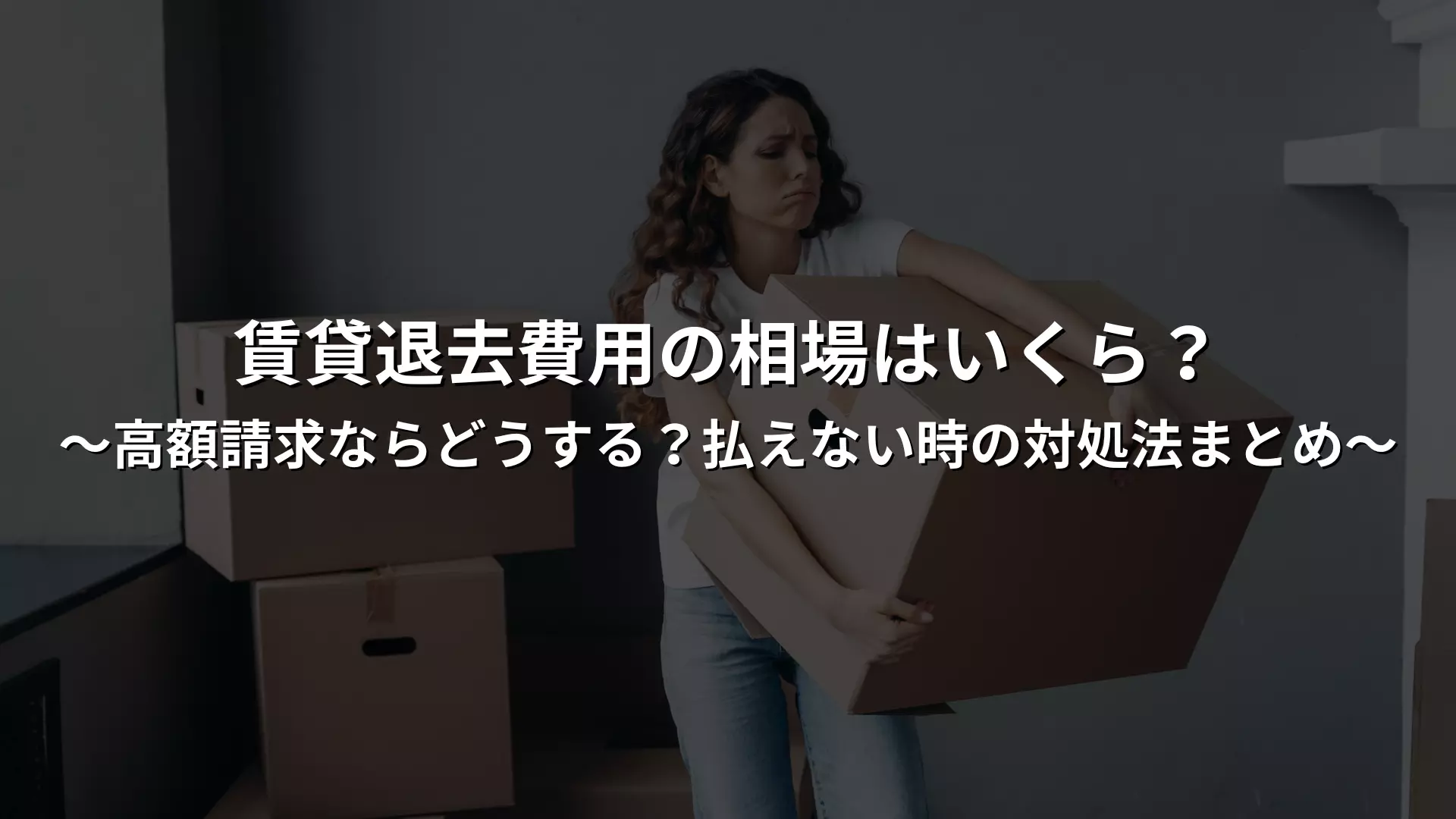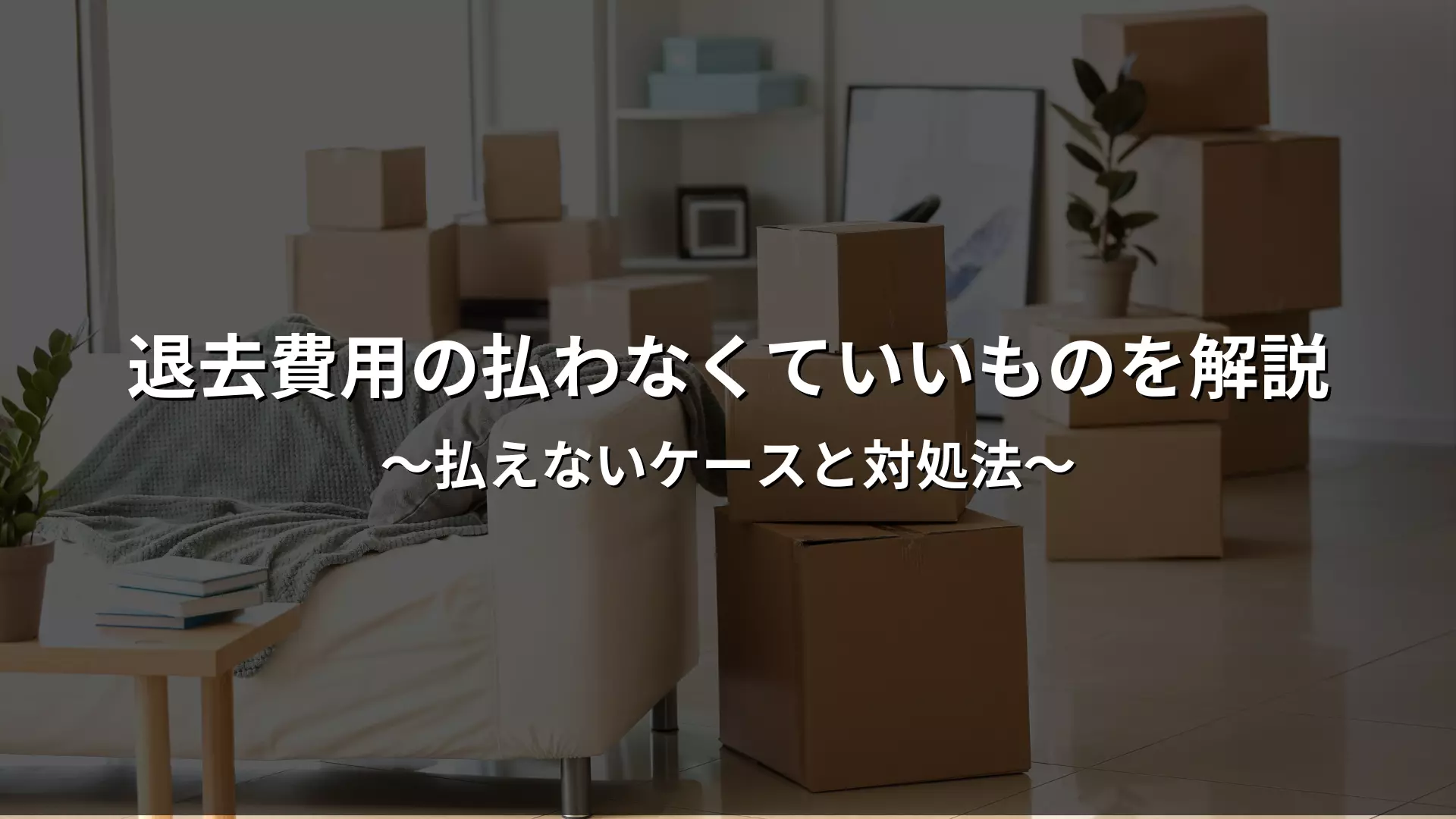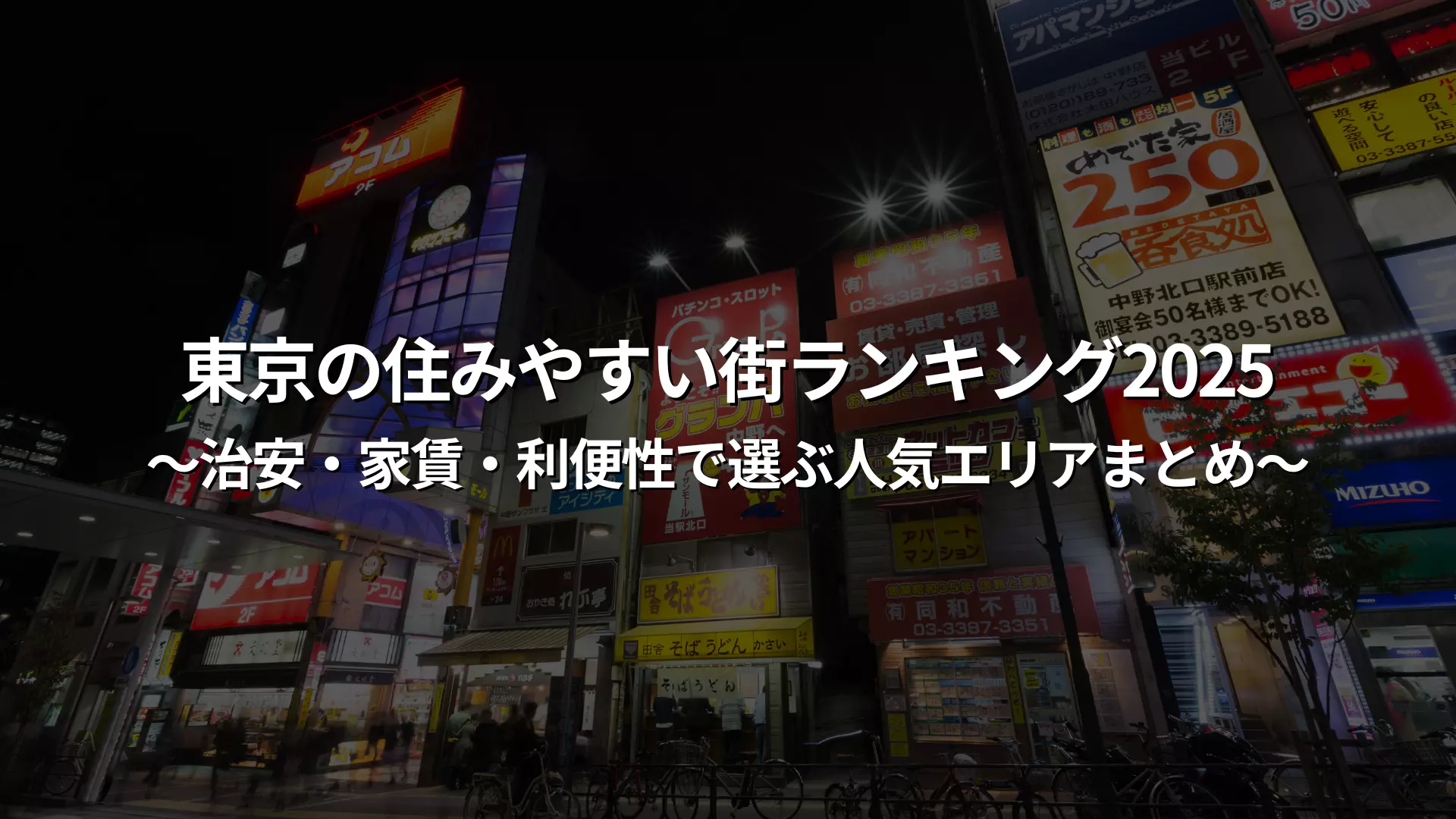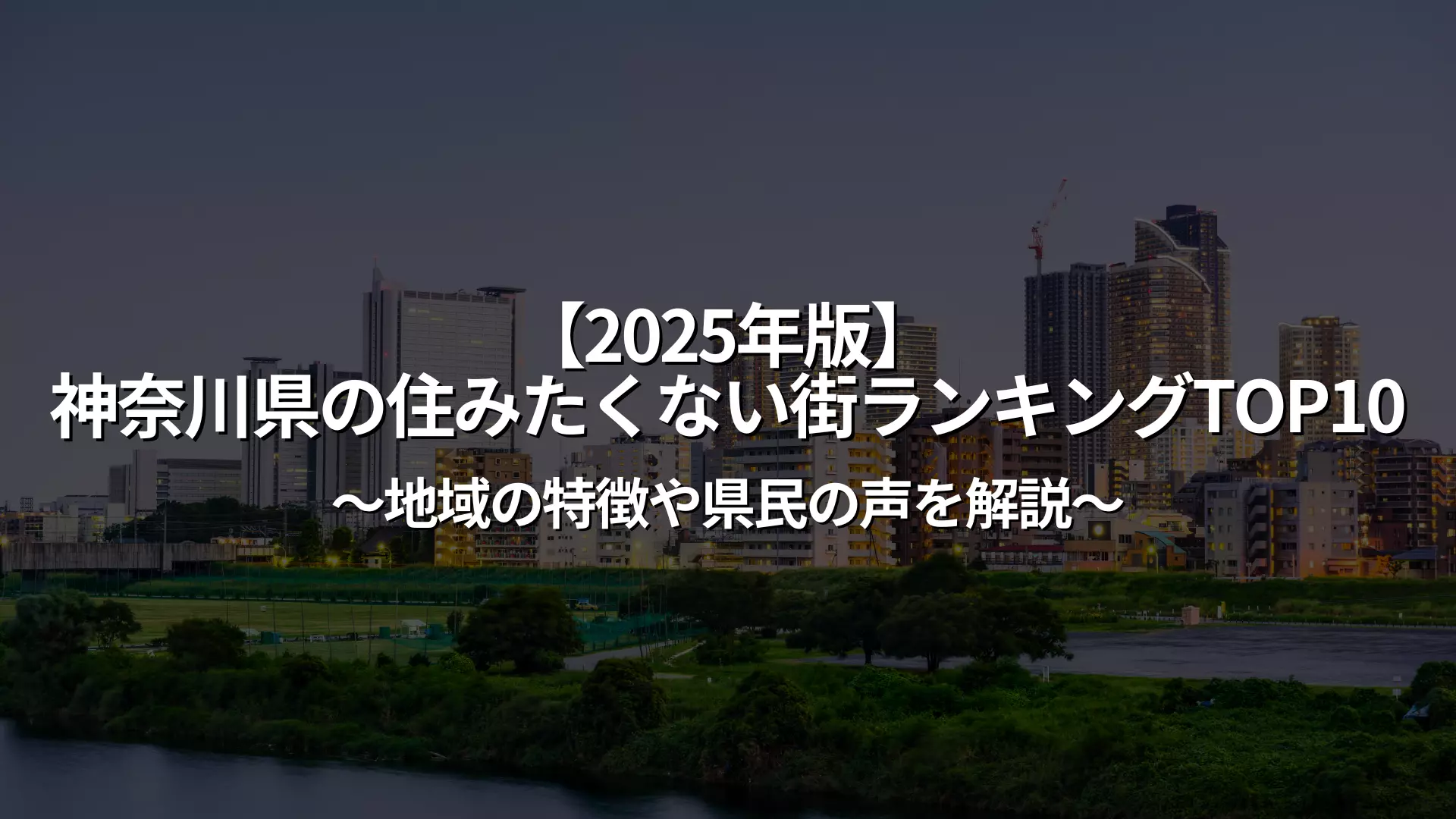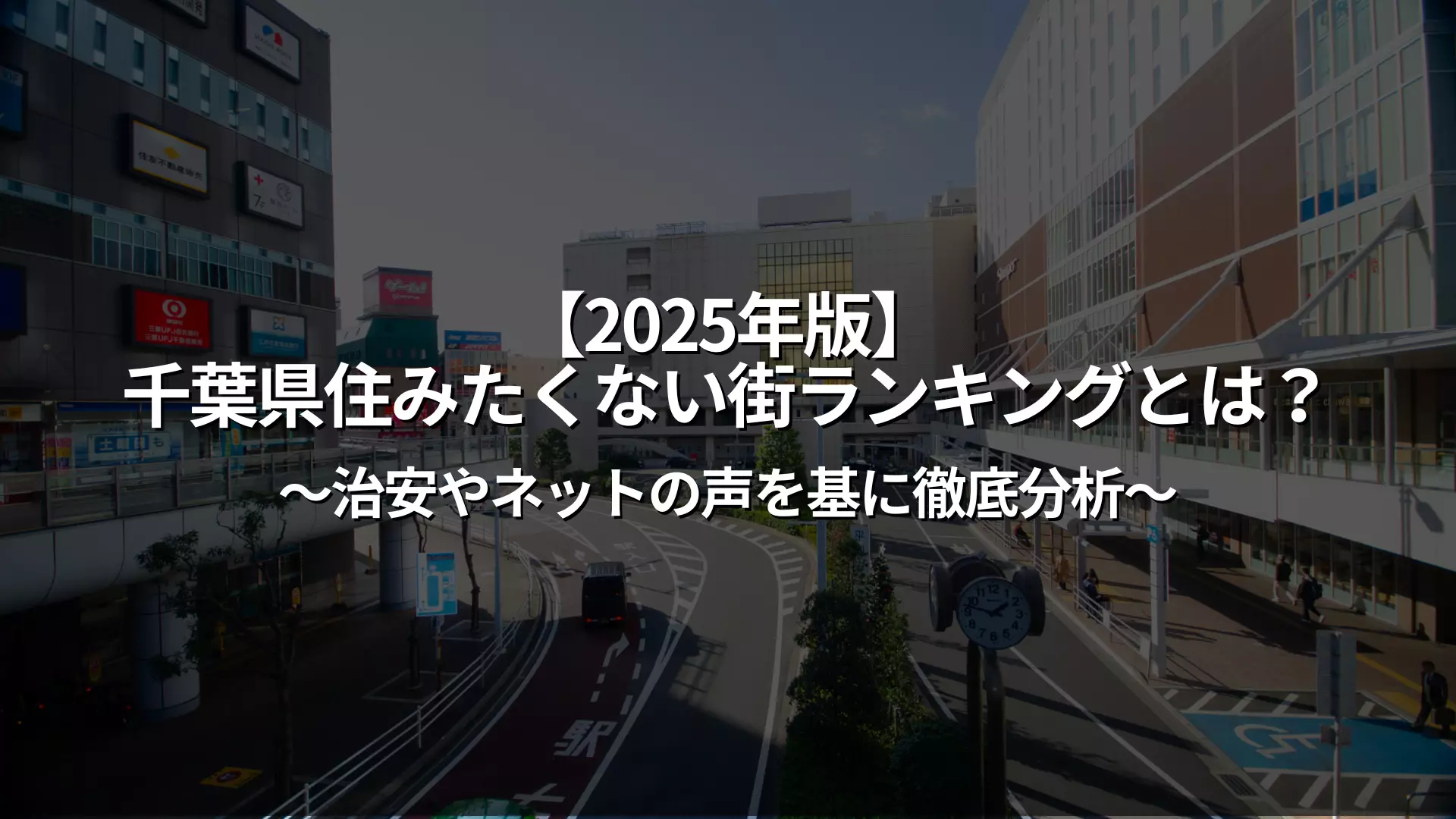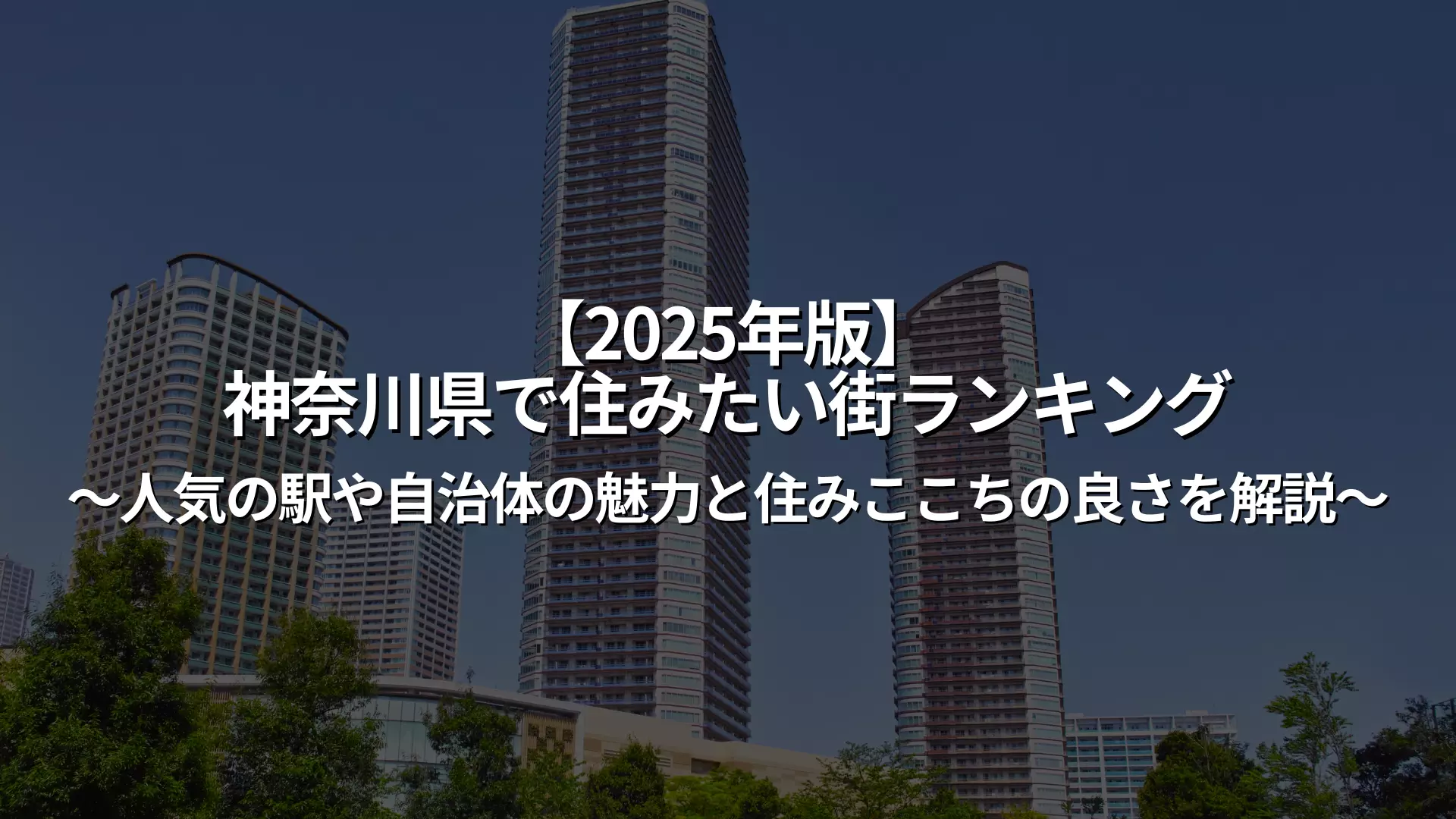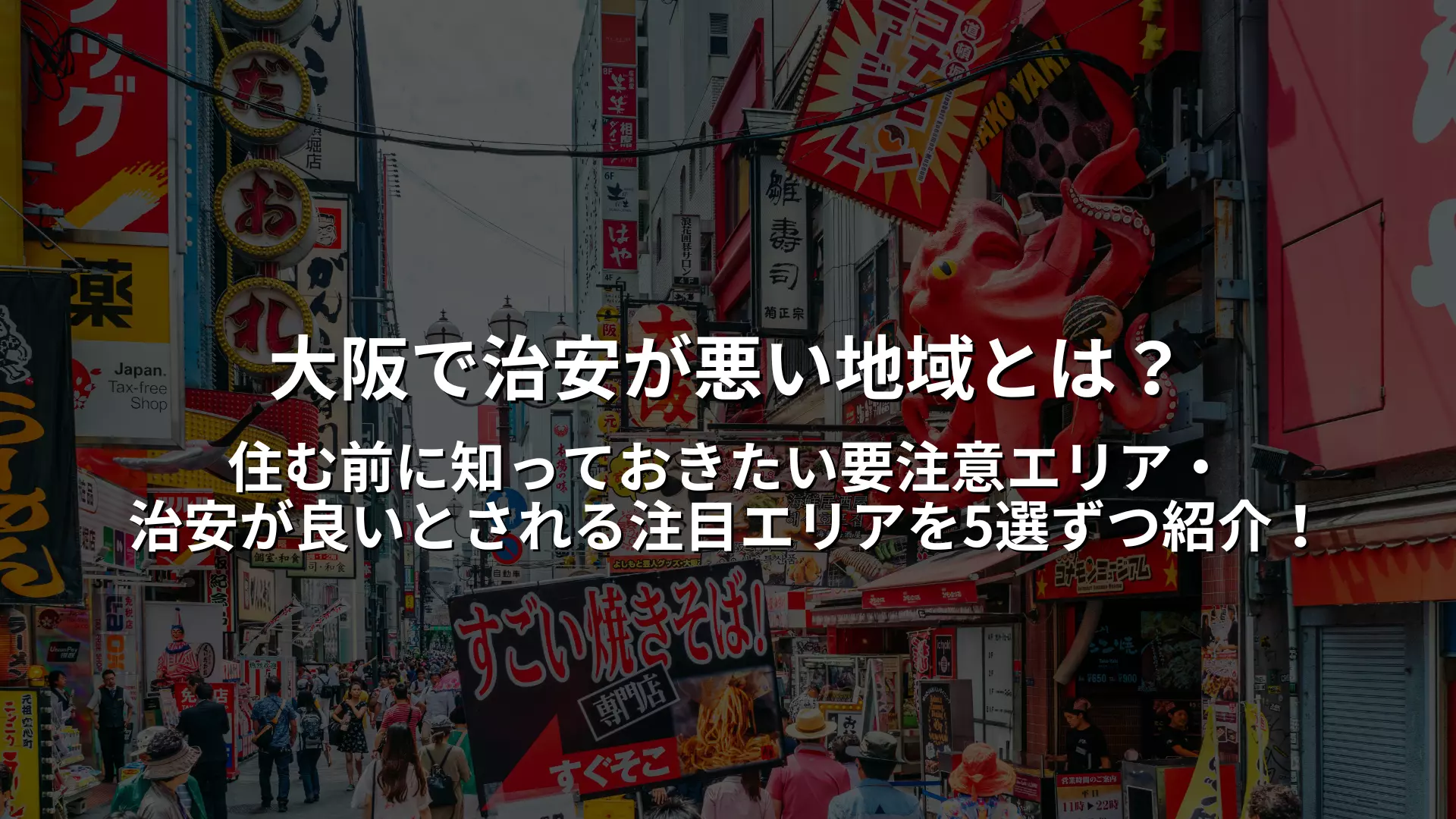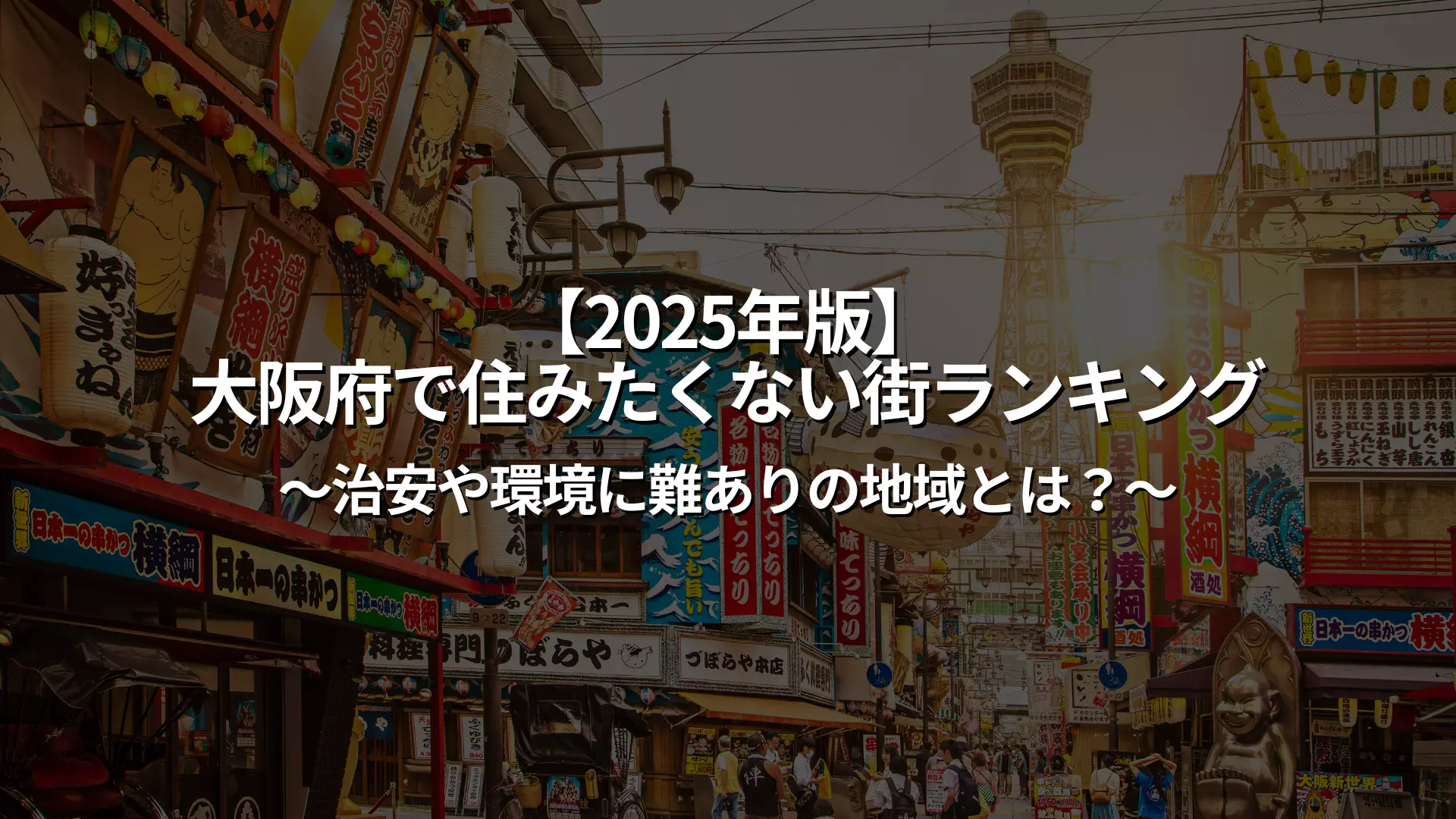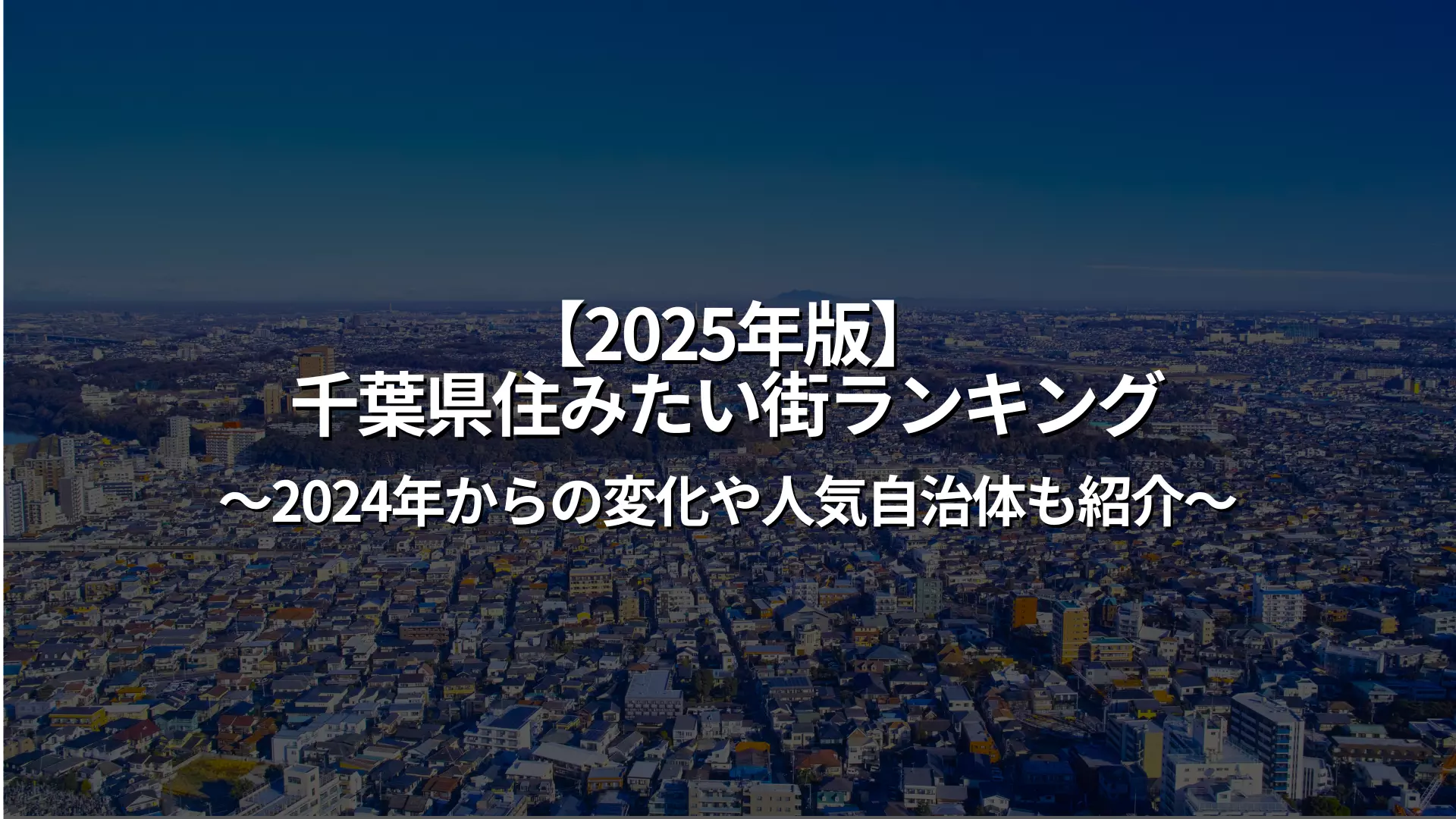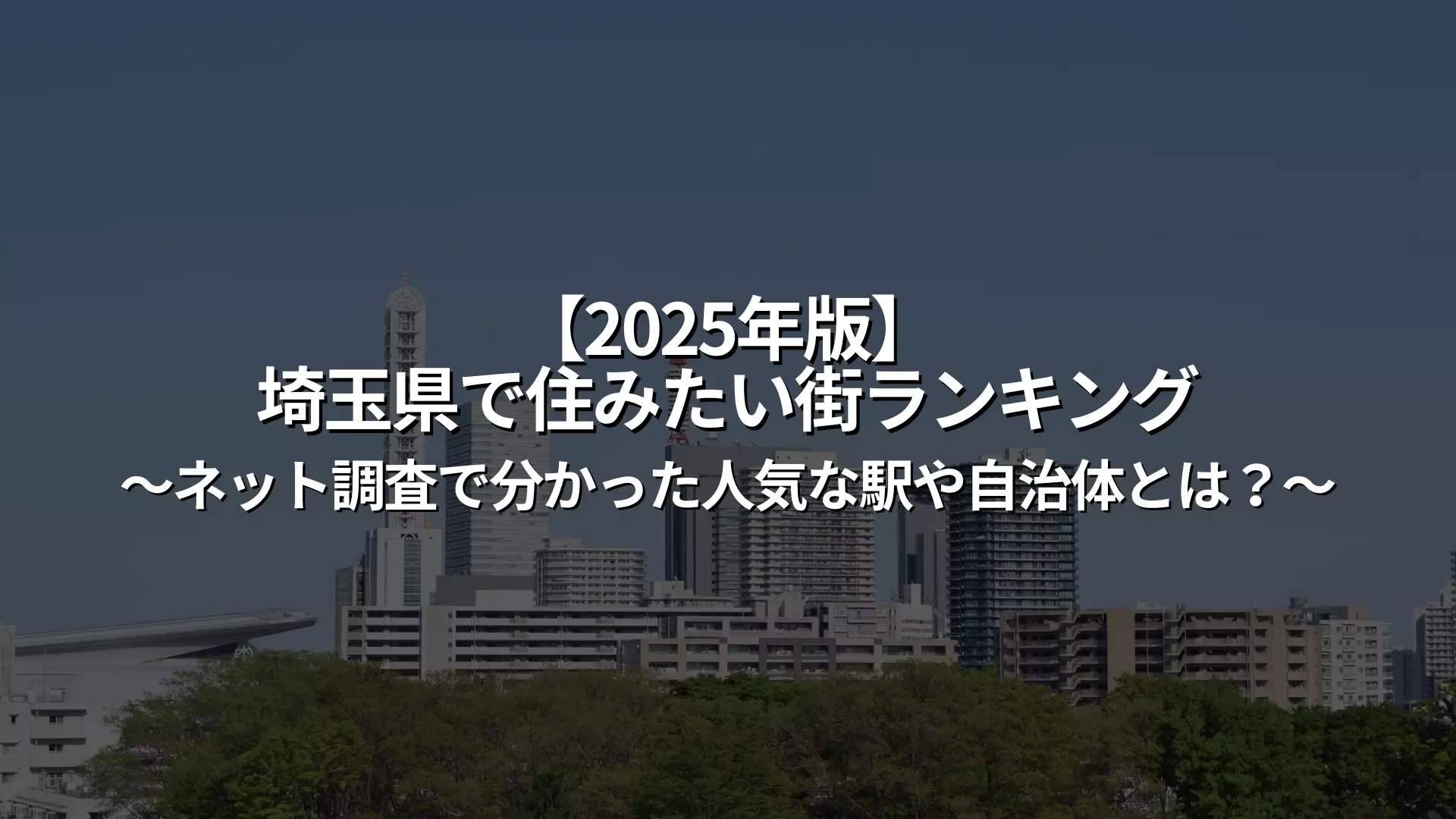Top 5 "Cities You Don't Want to Live In" in Kyoto Prefecture (Updated 2025 Edition)
We will announce the ranking of "Kyoto Prefecture Cities You Don't Want to Live In" for 2025. Kyoto is a popular tourist destination, but there are areas where you may feel uneasy about safety, transportation, and living environment when it comes to actually living there.
This article introduces areas that are rated as "difficult to live in" based on multiple factors, such as resident reviews, the number of crimes in the municipality, accessibility, and the surrounding environment. This information is especially useful for those who are living in Kyoto for the first time or those considering moving with their family, as it will help them know what to avoid and what to be careful of.
No.1: Fushimi Ward, Kyoto City (Mukojima area)
The Mukojima area of Kyoto City's Fushimi Ward has relatively low rent, but concerns about public safety have been raised and it is often cited as a "town you don't want to live in." In particular, late-night noise, the roar of motorcycles, and trouble on the streets are considered problems.
Additionally, many residential areas are located far from the station, making commuting to work or school inconvenient. In recent years, there have been moves toward redevelopment, but the surrounding environment is taking time to improve. This is an area you may regret choosing based on price alone.
2nd place: Minami Ward, Kyoto City (Higashikujo and Sujin areas)
The Higashikujo and Sujin areas of Minami Ward, Kyoto City, have been viewed as less safe than other areas due to their historical background and delayed urban development. Many people are particularly concerned about the safety of walking alone at night and on school routes.
Another reason why the area is considered "difficult to live in" is that, despite being close to tourist destinations, there are no commercial facilities or infrastructure in place. Some local residents are hoping for improvements, but at present, careful consideration is needed regarding raising children and women living alone.
3rd place: Yamashina Ward, Kyoto City
Yamashina Ward is located in the east of Kyoto City and is a commuter town, but there are many negative comments about its safety and convenience. Many people tend to be concerned about crime, especially since there is little traffic at night and many dark streets.
In addition, there are many slopes and elevation changes, and some people say that it is difficult for elderly people and families with small children to get around. Although the construction of apartment buildings has progressed in recent years, issues remain regarding the livability of the area as a whole.
No.4: Shimogyo Ward, Kyoto City (Shijo Kawaramachi area)
The area around Shijo Kawaramachi in Shimogyo Ward is known as one of Kyoto's busiest areas, and is the center of tourism and commerce. However, when viewed as a living environment, many people feel that they "don't want to live there" due to noise, crowds, and a worsening security situation at night.
Even though there are many apartment buildings lined up, the number of people passing by makes it difficult to maintain privacy, making this an unsuitable area for people looking for a quiet lifestyle. Although it is highly convenient, it is not an area suitable for those looking for a peaceful lifestyle.
No.5: Uji City (Makishima/Utoro area)
Makishima and Utoro areas in Uji City are located in the suburbs, somewhat away from the center of Kyoto City, and are often considered "difficult to live in" due to their poor transportation access and local image. It has been pointed out that the Utoro area in particular is difficult for people from outside to settle in due to its historical background.
There are also complaints that the area lacks convenience for daily life, with few shopping facilities or medical facilities in the vicinity. While the area is rich in nature and quiet, careful consideration is required regarding the living environment.
Why is it said to be difficult to live in? What are the common characteristics of the area?
The reason why people search for "Kyoto is a difficult city to live in" is because there are common problems in certain areas.
The representative features are:
- Public safety concerns
- Poor transportation access
- Examples of these include the underdevelopment of living infrastructure.
Due to a complex combination of these factors, areas are often deemed "unsuitable for living," so people living alone or with children in particular need to choose their area carefully.
In this chapter, we will explain in detail how each of these issues affects the quality of life.
Background to concerns about public safety
Areas in Kyoto Prefecture that people do not want to live in include areas with high crime rates or where trouble has occurred frequently in the past. These areas tend to be high in factors that undermine residents' sense of security, such as nighttime noise, the appearance of motorcycle gangs, and bad manners among passersby.
In addition, long-standing regional problems and the concentration of poor people are also considered to be factors in the deterioration of public safety. In order to live safely, it is important to pay attention not only to the rent and location of the property, but also to the crime information and past reputation of the area.
Problems with transportation convenience and access
A common feature of areas that are considered difficult to live in is the lack of public transportation such as trains and buses. Especially for those who plan to commute to work or school, factors such as the distance to the nearest station being far, the small number of trains, and the inconvenience of transferring have a significant impact on the quality of life.
In addition, traffic congestion on major roads and poor maintenance of sidewalks can make it difficult to travel by bicycle or on foot. Areas with low convenience can lead to lost time and stress in daily life, so it is important to check in advance.
Issues regarding infrastructure and the surrounding environment
When it comes to the living environment, the availability of life infrastructure such as supermarkets, hospitals, schools, and government offices is also an important point. In areas that are considered difficult to live in, there may be few of these facilities within walking distance, or the quality of services may be insufficient.
In addition, weak local community functions such as a lack of parks and daycare centers, complicated rules for disposing of trash, and poor relationships between residents are also factors that reduce the comfort of living in an area. To lead a comfortable daily life, the convenience and security of the surrounding environment cannot be overlooked.
Search for a room
Only furnished properties with appliances are listed!
Compare Kyoto's Living Environments by Area
Within Kyoto Prefecture, there is a clear tendency for areas to be easily livable and areas that are not. Each area has its own characteristics, such as public safety, convenience, and natural environment, and there are big differences in how comfortable it is to live there.
For example, the closer you are to the city center, the better the transportation access, but there is a lot of foot traffic and noise and congestion can be a concern, while residential areas on the outskirts have the appeal of quiet and abundant nature.
Here we will introduce and compare Kyoto's major areas from the standpoints of safety, convenience, and quietness.
A popular residential area with good public safety standards
If you are looking for a safe place to live in Kyoto, the areas of Sakyo Ward, Kita Ward, and parts of Nakagyo Ward in Kyoto City are particularly popular. The Kitashirakawa and Shimogamo areas of Sakyo Ward, and the Kitayama area of Kita Ward are known as quiet residential areas, and are popular with families and seniors alike.
In addition, there are many police stations and public facilities along Oike-dori in Nakagyo Ward, making it safe even at night. Both areas are highly convenient for daily life and have good educational environments, making them popular with families with children. If you are looking for a safe and comfortable life in Kyoto, these areas are strong choices.
Things to be aware of around tourist spots before moving
You need to be careful when living in areas adjacent to tourist spots such as around Kyoto Station, Gion, Arashiyama, Kiyomizu-dera, etc. There are cases where the large number of tourists can cause problems in daily life, such as noise, traffic congestion, and garbage.
Especially during tourist seasons, buses and trains are crowded, and commuting to work or school can be very stressful. Furthermore, the small percentage of local residents leads to a weak sense of community, and some people worry about crime. While it is highly convenient, it tends to be unsuitable for people looking for a quiet life.
Do you want to live in a quiet and peaceful town?
For those looking for a quiet living environment, suburban areas such as Nishikyo Ward in Kyoto City, Nagaokakyo City, and Joyo City are popular.
The areas of Katsura and Arashiyama in Nishikyo Ward are rich in nature and have a calm atmosphere, while Nagaokakyo City is developing as a commuter town, with good public safety and childcare support. Furthermore, Joyo City is an area where residential areas and farmland coexist, making it possible to live away from the noise and noise.
These areas have a certain degree of convenient transportation access yet remain quiet, making them ideal for remote work and retirement living.
Current situation and risks in the area south of Kyoto Station
While the area around the south exit (Hachijo exit) of Kyoto Station has been undergoing large-scale redevelopment in recent years, it still faces issues such as public safety and a unified streetscape. The gap between the developed area in front of the station and the dimly lit alleys a short distance away is what makes the area seem "difficult to live in."
This chapter provides a balanced explanation of the dual aspects of crime rate, landscape issues, and transportation convenience, and outlines the points to pay attention to when moving or choosing a home.
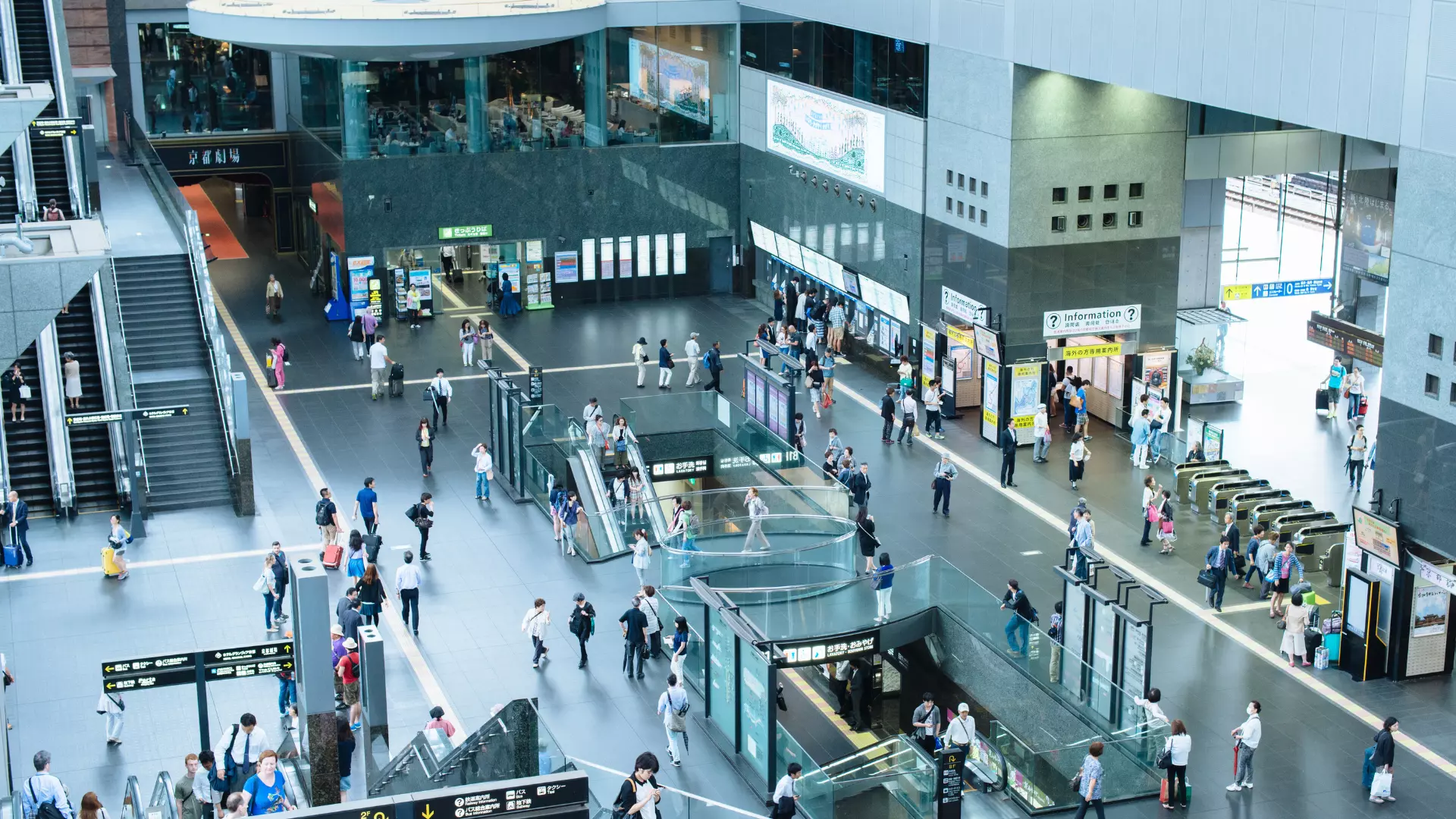
Crime Rates and Public Safety Trends
The crime rate in Kyoto Prefecture is 1 per 237 people, ranking 20th in the nation, but the rate tends to be slightly higher in areas around Kyoto Station, such as Minami Ward and Shimogyo Ward. A certain number of violent crimes and thefts have been reported south of the station, with approximately 10% of violent crimes in Kyoto occurring in this area.
However, security guards are patrolling in front of stations and security cameras are being installed, so although it is not completely safe, there is a certain degree of deterrence.
Impacts and challenges of redevelopment
On the south side of Kyoto Station, a redevelopment plan (commonly known as the "Kyoto Project") for the Kyoto Central Post Office and the Station Building West No. 2 Parking Lot is underway and is scheduled for completion in 2029. This will strengthen commercial, office and hotel functions, and is expected to improve lifestyle convenience and economic effects.
On the other hand, there is the issue of ensuring harmony with the area, which still contains existing dilapidated buildings and ruins, and local residents have expressed concerns about the destruction of the landscape and whether the benefits of redevelopment will be felt by everyone.
Voices of local residents and internet users
Some local residents and internet users say that the area south of Kyoto Station still has an "old, deserted atmosphere." On Yahoo! Answers, there are also opinions such as "I frown just hearing the name of the place," and "It's best to avoid it at night," and there are persistent concerns about public safety.
On the other hand, there are also voices praising the convenience of the area thanks to the development of commercial facilities such as Avanti and Aeon Mall, and there is hope that "the redevelopment has made the area even more attractive."
Search for a room
Only furnished properties with appliances are listed!
Tips for choosing an area in Kyoto you won't regret
When choosing a home in Kyoto, it is important not to make the simple decision that "it's easy to live there because it's a tourist destination." If you don't take into consideration multiple factors such as public safety, infrastructure, transportation access, and the local atmosphere, you may end up regretting your decision after moving in. Since needs differ depending on the stage of life, such as living alone, raising children, or retirement, it is important to choose an area that suits your lifestyle.
In this chapter, we will explain in detail the key points to consider when choosing an area in Kyoto that will not disappoint you.
Things to check before moving in
Before choosing a place to live in Kyoto, there are three things you should check first: safety, accessibility, and convenience of living.
- Check the safety of your area by checking police crime maps.
- In terms of access, be sure to check the distance to the nearest station, the number of trains, and whether there are smooth connections to major lines.
- In terms of convenience, an important factor to consider is whether or not supermarkets, hospitals, government offices, daycare centers, and other facilities necessary for daily life are within walking distance.
Research into the atmosphere of the surrounding area and the characteristics of the residents is essential, as they are directly related to how comfortable the area will be to live there.
Points to look at when viewing and investigating in advance
When viewing a property, be sure to check not only the room itself but also the surrounding environment. The atmosphere can be very different during the day and at night, so it is advisable to view the property at different times of the day if possible.
It is also important to consider crime prevention, such as whether there are street lights on the road from the station to the property, and how much traffic and people there are. In addition, it is also important to check whether there is noise and the impact of nearby buildings (schools, restaurants, downtown areas, etc.) on your life. There are many things that you will only notice when you see the property, so advance preparation will prevent mistakes.
How to choose from the perspectives of singles, children, and the elderly
The ideal residential area varies depending on your lifestyle. For single people, an area that prioritizes convenience, such as being close to a station and having plenty of convenience stores and restaurants, is convenient. For families with children, educational areas with plenty of parks and childcare facilities and good public safety (e.g. Kita-ku and Sakyo-ku) are popular.
On the other hand, elderly people and those considering a second life tend to choose quiet residential areas with few hills (e.g. Nagaokakyo City and Nishikyo Ward). Choosing a home based on your and your family's age and purpose is the first step to choosing a home you won't regret.
FAQ
We have compiled a Q&A format of frequently asked questions regarding choosing a home in Kyoto.
Based on actual opinions such as "Which areas are unsafe?", "Which areas are not suitable for raising children?", and "Which areas have cheap rent but should be avoided?", the site provides easy-to-understand explanations of information that will help you choose an area you won't regret. Kyoto in particular has appeal as a tourist city, but there are also many points that residents should be aware of.
The purpose of this article is to provide information to help readers live safely in Kyoto and to resolve any concerns or questions they may have.
Q. Which areas in Kyoto are particularly dangerous?
Areas in Kyoto that are considered to be unsafe include Minami Ward (especially the Higashikujo and Sujin areas) and Fushimi Ward (around Mukojima). These areas have a relatively high number of reports of violent crimes and noise problems, and even local residents are advised to be careful.
In addition, there are reports of suspicious people in areas with few street lights at night or in areas where young people tend to gather. If you are considering moving, we recommend that you check the Kyoto Prefectural Police crime map and local reviews in advance.
Q. Which areas are not suitable for raising children?
Areas that are considered unsuitable for raising children include those where there are concerns about public safety or the educational environment.
Specifically, careful consideration is required in areas where there are concerns about noise, traffic, and neighborhood disputes, such as parts of Fushimi Ward and Minami Ward in Kyoto City.
Additionally, areas that are far from daycare centers or elementary schools, or have few parks or other facilities for children, are also not suitable for raising children. Compared to Nakagyo Ward, Nagaokakyo City, and Sakyo Ward, which have extensive child-rearing support, it is safer to avoid areas with many issues in terms of education and safety.
Q. Are there any places with cheap rent that I should avoid?
If you choose based on low rent alone, you may end up regretting your decision in areas such as Mukojima (Fushimi Ward) and Sujin/Higashikujo (Minami Ward). While rent is certainly low in these areas, many people have concerns about public safety and the living environment, especially issues such as safety at night and rules for taking out the trash not being followed.
It is important to make a comprehensive judgment, including convenience and the availability of nearby facilities, and to make a choice that prioritizes livability rather than just focusing on "cheapness."
Q. What are the advantages and disadvantages of living near a tourist spot?
The benefits of living near a tourist destination include easy access, abundant surrounding facilities, and plenty of places to explore on the weekends.
On the other hand, the disadvantages are that the crowds, noise, traffic jams, and increased garbage caused by tourists all disrupt daily life. Residents tend to feel more stressed during peak tourist seasons, especially in areas such as Gion and around Kiyomizu-dera Temple, and around Kyoto Station.
You need to decide whether you want convenience or tranquility based on your lifestyle.
Q. What are some recommended areas with good security?
Areas in Kyoto that are considered to have good security include Sakyo Ward (Shimogamo and Kitashirakawa), Kita Ward (Kitayama and Murasakino), and along Oike Street in Nakagyo Ward.
These areas are well-developed residential areas, have low crime rates, and are considered to have relatively strong ties to the local community. Another attractive feature is the well-developed child-rearing support and educational environment.
For those looking for a quiet and peaceful environment, suburban areas outside Kyoto City, such as Nagaokakyo City and Joyo City, are also recommended.
Search for a room
Only furnished properties with appliances are listed!
summary
Kyoto has many attractive tourist spots and cultures, but you need to be careful when choosing an area to live in. In particular, there are regional differences in public safety, transportation access, and the state of infrastructure, so if you choose a place just because the rent is cheap or it's a famous place, you may end up regretting it.
In this article, we have introduced the ranking of the most undesirable cities, some points to note, and the characteristics of each area in detail. We hope that this article will help you choose an area that suits your lifestyle and values in your future housing search, and help you achieve a safe and comfortable life.

